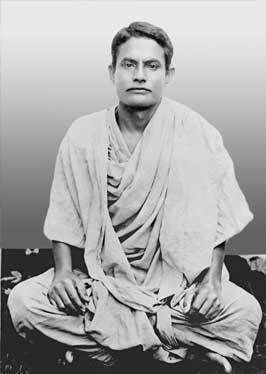Sunday, July 2, 2017
To move forward/backward through the talk, slide the gray bar that appears once audio is playing.
[/jbox]
July is a month for study of Raja Yoga, a spiritual path often called the yoga of meditation. As a raja yogi, you use ancient, proven spiritual techniques to quiet your mind and gain control of your attention. Regular daily practice of Raja Yoga increases your ability to concentrate, and may lead to meditation. This can unite you with the Divine Presence, the source of your being, and liberate you from the cycle of rebirth and death.

Swami Premananda was a direct disciple of Sri Ramakrishna. The Swami was deeply devoted to the Master — he recognized him as an incarnation of Vishnu. Once, years after the Master’s death, Premanandaji visited the city of Puri. There, he encountered a Christian missionary preaching his message from the steps of the Temple of Jagannath. (The image in that temple is revered as a form of Vishnu — Jagannath means Lord of the Universe.)
A large crowd had gathered, listening attentively to the evangelist’s fervent plea. He exhorted them to abandon their worship of lifeless idols and become followers of “the living Christ.”
Swami Premananda was deeply offended; in his view the minister was insulting both the Lord and India’s spiritual heritage. So, the Swami began to loudly chant a traditional salutation to Jagannath; the crowd soon picked it up and drowned out the missionary, who fled.
That night, Premanandaji had a dream of Sri Ramakrishna. The Master scolded him severely, saying the Swami’s reaction to the missionary had been misguided. “That too is my work!” the Master insisted “Tomorrow morning, you find that man and apologize to him!”
In this talk we explore and discuss what Sri Ramakrishna meant, and relate what he said to Sri Krishna’s statement in Chapter 4 of Bhagavad Gita: “Whatever path men travel is my path; no matter where they walk it leads to me.”